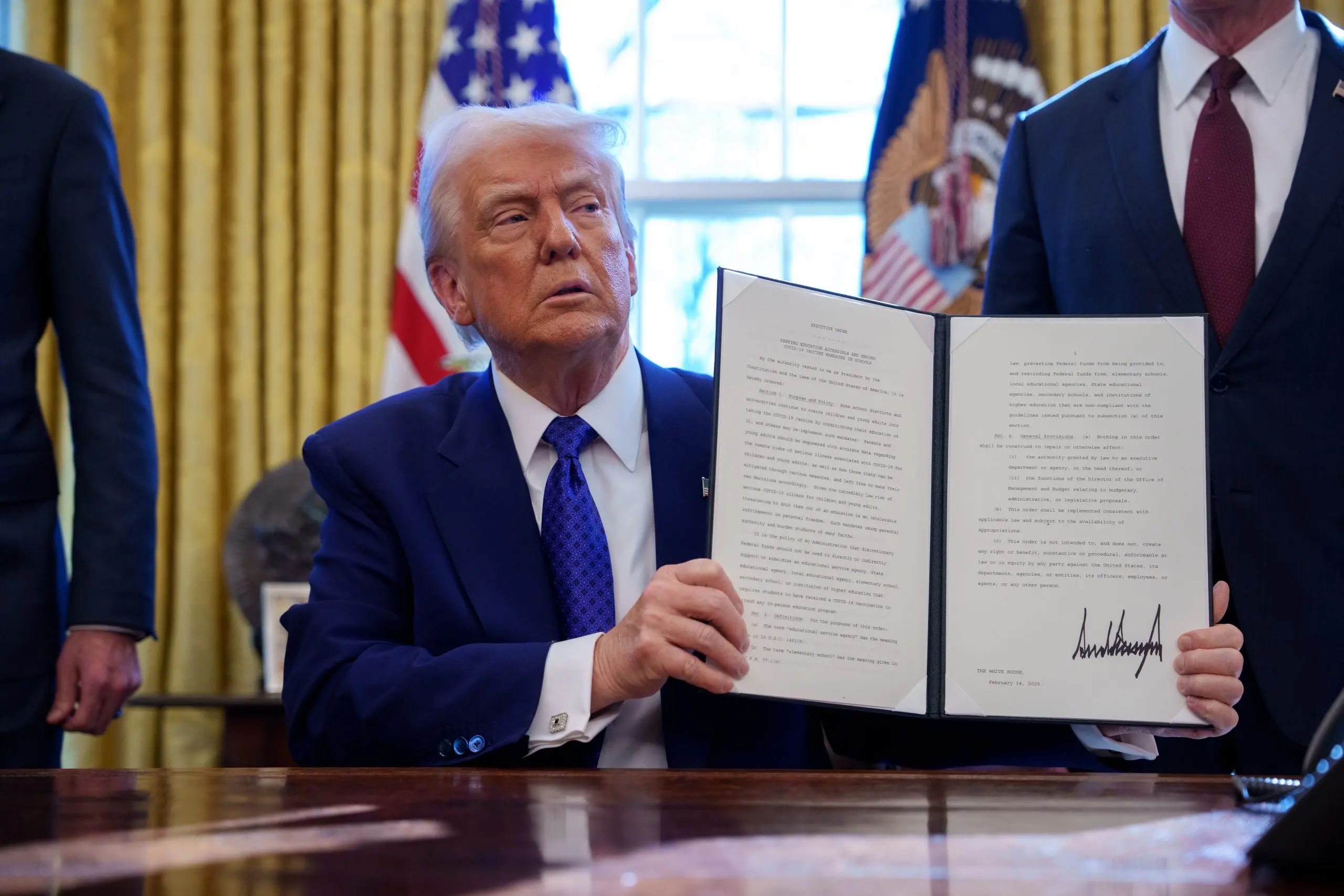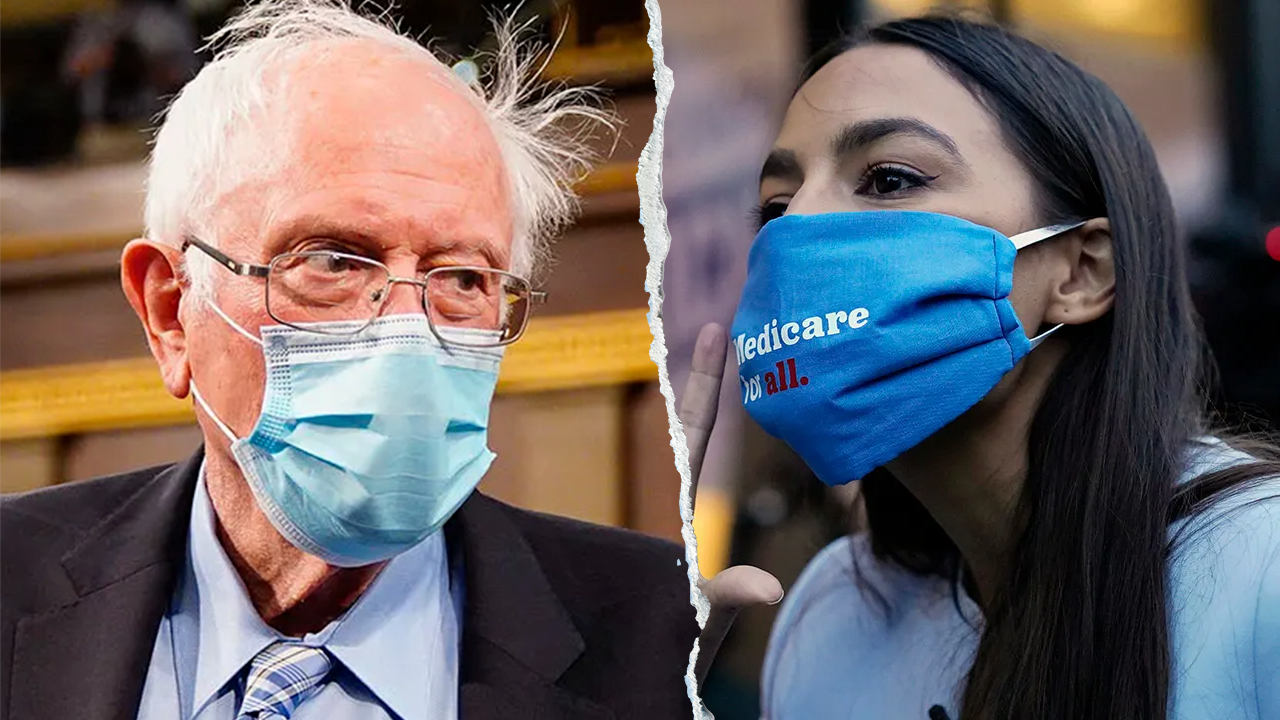“Young people and people from every range of life across Bangladesh, across the entire country, came out on the streets to celebrate,” UN Resident Coordinator Gwyn Lewis remarked.
Some of the celebrations following Prime Minister Sheikh Hasina’s resignation took a violent turn, leading to scenes of destruction, vandalism, attacks against police stations, and killings of police officers who were seen to be in alignment with the government.
Protestors demonstrate in Bangladesh
Recent bloodshed
More than 300 civilians were killed and over 20,000 injured in student-led protests during the last weeks, making the bloodshed among the worst ever witnessed in Bangladesh.
The unrest began in July with protests by students against civil service job quotas. Though the scheme was withdrawn, protests erupted again last week, with the key demand for the Prime Minister to quit and for those responsible for the violent suppression of demonstrations to be held accountable.
Ms. Hasina had been in power since January 2009, having earlier led the country from 1996 to 2001.
On Tuesday morning, relative calm returned to the country but the situation remains uncertain until a transitional government is formed, according to the Resident Coordinator. Media reports suggest that Muhammad Yunus will head the interim government.
What sparked the protests?
When asked how the protests led to the demands for the Prime Minister to be removed, Ms. Lewis responded that “it is incumbent on all of us to remember that is was in December that there were very controversial elections held and there was really a very strong sense in the country that those elections were not free and fair”.
This political frustration was exacerbated due to the increase in food and fuel prices, leading more marginalised Bangladeshis to fall further into poverty, said the Resident Coordinator.
Young people were especially impacted when the government announced a court order in June regarding civil service job quotas that favoured those considered elite, making it harder for the two million young Bangladeshis who enter the workforce every year to find a job.
Though the scheme was withdrawn, the protests against it merged into calls for the resignation of the Prime Minister who was accused of not hearing their concerns.
Many civilians from different parts of society joined the protests “calling for change and that was the change that they haven’t been able to see during the elections in December,” Ms. Lewis stated.
Hope for the future
Despite the chaos of recent weeks, Ms. Lewis characterised the mood in the country as “one of hope”.
“If and when this transition Government is shaped and the voices of the young people in the country are heard, I think we can really shape and move forward to continue the trajectory of positive development,” she added, noting Bangladesh’s progress towards achieving its 2030 Agenda for Sustainable Development.
“It’s really a moment of a crossroads for Bangladesh, and so we’re really hopeful that this will become something very positive that we can build on for our colleagues who are Bangladeshis and for the people of Bangladesh,” the UN Resident Coordinator concluded.





